Separating the Signal from the Noise: How Mandiant Intelligence Rates Vulnerabilities — Intelligence for Vulnerability Management, Part Three
Mandiant
Written by: Cameron Sabel, Jared Semrau
One of the critical strategic and tactical roles that cyber threat intelligence (CTI) plays is in the tracking, analysis, and prioritization of software vulnerabilities that could potentially put an organization’s data, employees and customers at risk. In this four-part blog series, FireEye Mandiant Threat Intelligence highlights the value of CTI in enabling vulnerability management, and unveils new research into the latest threats, trends and recommendations.
Every information security practitioner knows that patching vulnerabilities is one of the first steps towards a healthy and well-maintained organization. But with thousands of vulnerabilities disclosed each year and media hype about the newest “branded” vulnerability on the news, it’s hard to know where to start.
The National Vulnerability Database (NVD) considers a range of factors that are fed into an automated process to arrive at a score for CVSSv3. Mandiant Threat Intelligence takes a different approach, drawing on the insight and experience of our analysts (Figure 1). This human input allows for qualitative factors to be taken into consideration, which gives additional focus to what matters to security operations.
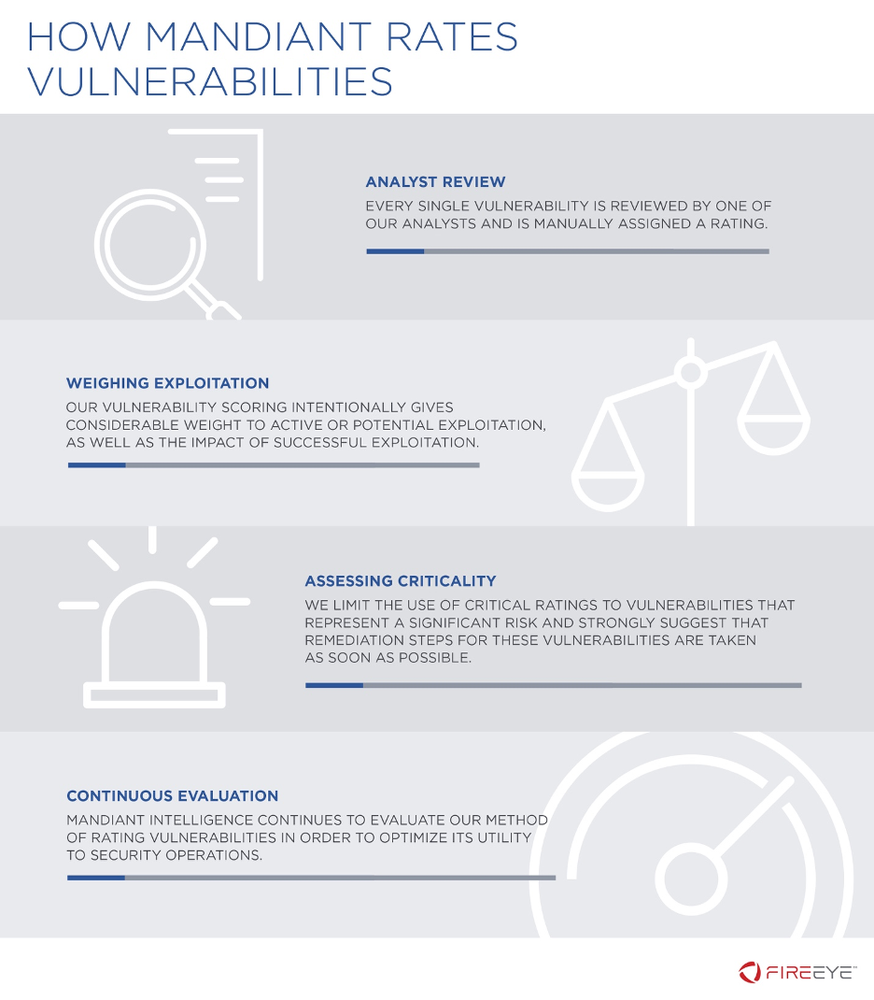

Figure 1: How Mandiant Rates Vulnerabilities
Assisting Patch Prioritization
We believe our approach results in a score that is more useful for determining patching priorities, as it allows for the adjustment of ratings based on factors that are difficult to quantify using automated means. It also significantly reduces the number of vulnerabilities rated ‘high’ and ‘critical’ compared to CVSSv3 (Figure 2). We consider critical vulnerabilities to pose significant security risks and strongly suggest that remediation steps are taken to address them as soon as possible. We also believe that limiting ‘critical’ and ‘high’ designations helps security teams to effectively focus attention on the most dangerous vulnerabilities. For instance, from 2016-2019 Mandiant only rated two vulnerabilities as critical, while NVD assigned 3,651 vulnerabilities a ‘critical’ rating (Figure 3).
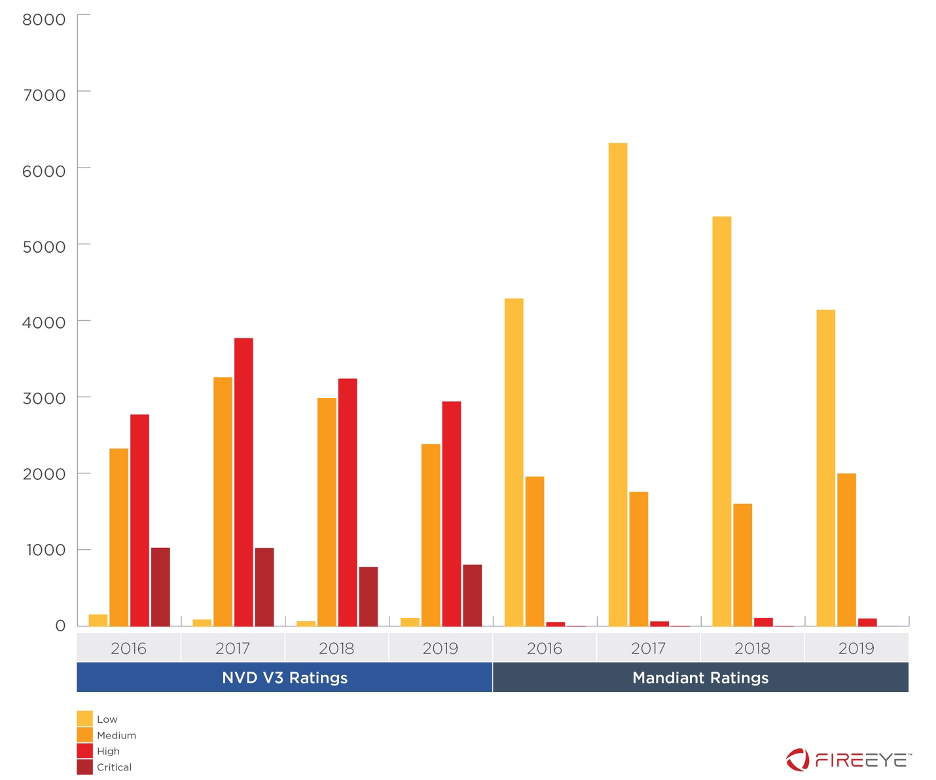

Figure 2: Criticality of US National Vulnerability Database (NVD) CVSSv3 ratings 2016-2019 compared to Mandiant vulnerability ratings for the same vulnerabilities
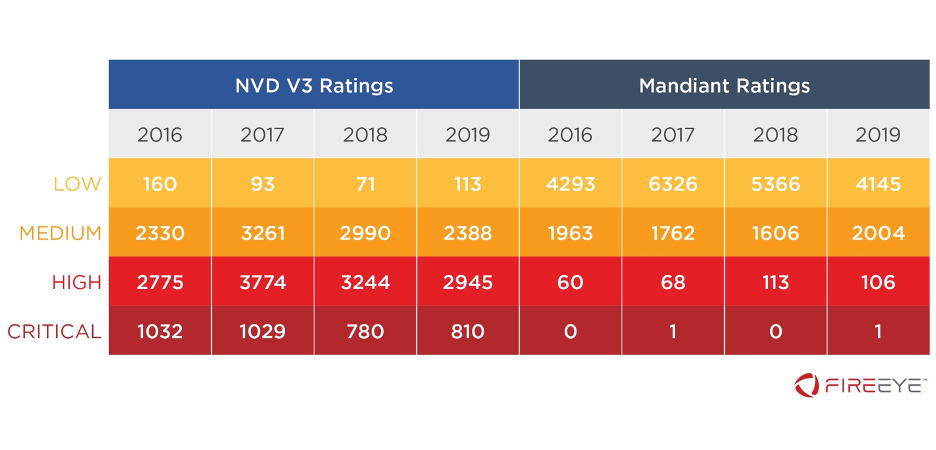

Figure 3: Numbers of ratings at various criticality tiers from NVD CVSSv3 scores compared to Mandiant ratings for the same vulnerabilities
Mandiant Vulnerability Ratings Defined
Our rating system includes both an exploitation rating and a risk rating:
The Exploitation Rating is an in indication of what is occurring in the wild.
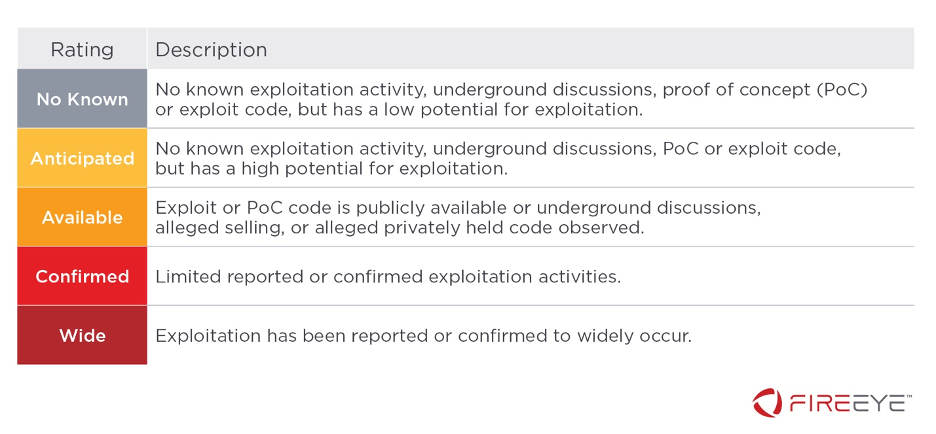

Figure 4: Mandiant Exploitation Rating definitions
The Risk Rating is our expert assessment of what impact an attacker could have on a targeted organization, if they were to exploit a vulnerability.
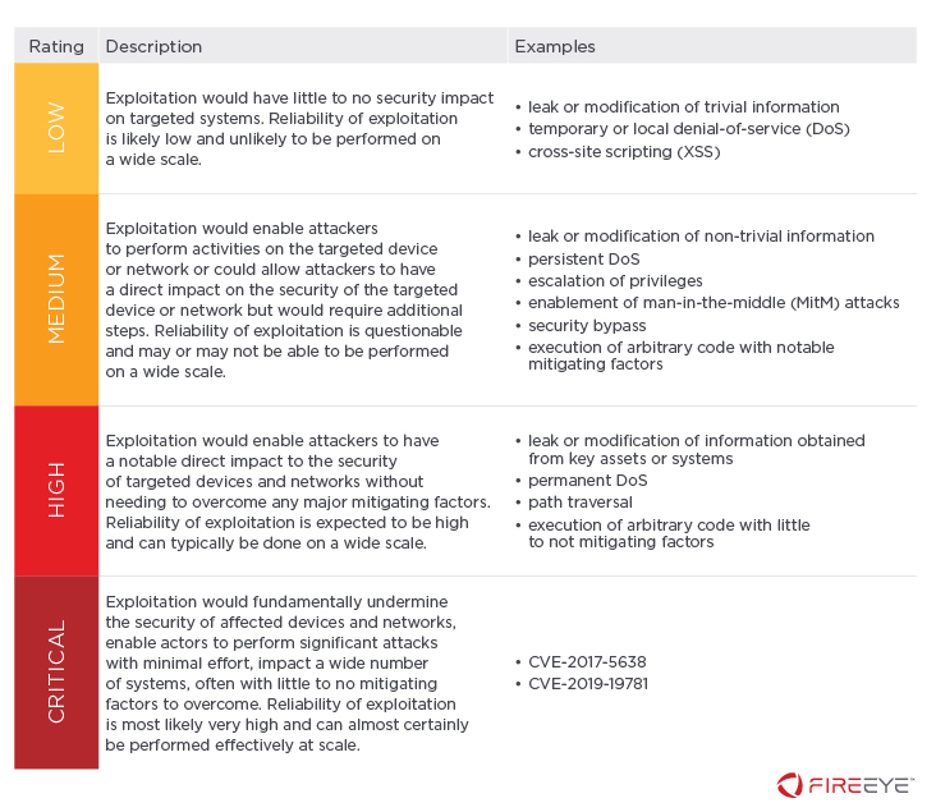

Figure 5: Mandiant Risk Rating definitions
We intentionally use the critical rating sparingly, typically in cases where exploitation has serious impact, exploitation is trivial with often no real mitigating factors, and the attack surface is large and remotely accessible. When Mandiant uses the critical rating, it is an indication that remediation should be a top priority for an organization due to the potential impacts and ease of exploitation.
For example, Mandiant Threat Intelligence rated CVE-2019-19781 as critical due to the confluence of widespread exploitation—including by APT41—the public release of proof-of-concept (PoC) code that facilitated automated exploitation, the potentially acute outcomes of exploitation, and the ubiquity of the software in enterprise environments.
CVE-2019-19781 is a path traversal vulnerability of the Citrix Application Delivery Controller (ADC) 13.0 that when exploited, allows an attacker to remotely execute arbitrary code. Due to the nature of these systems, successful exploitation could lead to further compromises of a victim's network through lateral movement or the discovery of Active Directory (AD) and/or LDAP credentials. Though these credentials are often stored in hashes, they have been proven to be vulnerable to password cracking. Depending on the environment, the potential second order effects of exploitation of this vulnerability could be severe.
We described widespread exploitation of CVE-2019-19781 in our blog post earlier this year, including a timeline from disclosure on Dec. 17, 2019, to the patch releases, which began a little over a month later on Jan. 20, 2020. Significantly, within hours of the release of PoC code on Jan. 10, 2020, we detected reconnaissance for this vulnerability in FireEye telemetry data. Within days, we observed weaponized exploits used to gain footholds in victim environments. On the same day the first patches were released, Jan. 20, 2020, we observed APT41, one of the most prolific Chinese groups we track, kick off an expansive campaign exploiting CVE-2019-19781 and other vulnerabilities against numerous targets.
Factors Considered in Ratings
Our vulnerability analysts consider a wide variety of impact-intensifying and mitigating factors when rating a vulnerability. Factors such as actor interest, availability of exploit or PoC code, or exploitation in the wild can inform our analysis, but are not primary elements in rating.
Impact considerations help determine what impact exploitation of the vulnerability can have on a targeted system.
Mitigating factors affect an attacker’s likelihood of successful exploitation.
Mandiant Vulnerability Rating System Applied
The following are examples of cases in which Mandiant Threat Intelligence rated vulnerabilities differently than NVD by considering additional factors and incorporating information that either was not reported to NVD or is not easily quantified in an algorithm.
As demonstrated, factors such as the assessed ease of exploitation and the observance of exploitation in the wild may result a different priority rating than the one issued by NVD. In the case of CVE-2019-12650, we ultimately rated this vulnerability lower than NVD due to the required privileges needed to execute the vulnerability as well as the lack of observed exploitation. On the other hand, we rated the CVE-2019-5786 as high risk due to the assessed severity, ubiquity of the software, and confirmed exploitation.
In early 2019, Google reported two zero-day vulnerabilities were being used together in the wild: CVE-2019-5786 (Chrome zero-day vulnerability) and CVE-2019-0808 (a Microsoft privilege escalation vulnerability). Google quickly released a patch for the Chrome vulnerability pushed it to users through Chrome’s auto-update feature on March 1. CVE-2019-5786 is significant because it can impact all major operating systems, Windows, Mac OS, and Linux, and requires only minimal user interaction, such as navigating or following a link to a website hosting exploit code, to achieve remote code execution. The severity is further compounded by a public blog post and proof of concept exploit code that was released a few weeks later and subsequently incorporated into a Metasploit module.
The Future of Vulnerability Analysis Requires Algorithms and Human Intelligence
We expect that the volume of vulnerabilities to continue to increase in coming years, emphasizing the need for a rating system that accurately identifies the most significant vulnerabilities and provides enough nuance to allow security teams to tackle patching in a focused manner. As the quantity of vulnerabilities grows, incorporating assessments of malicious actor use, that is, observed exploitation as well as the feasibility and relative ease of using a particular vulnerability, will become an even more important factor in making meaningful prioritization decisions.
Mandiant Threat Intelligence believes that the future of vulnerability analysis will involve a combination of machine (structured or algorithmic) and human analysis to assess the potential impact of a vulnerability and the true threat that it poses to organizations. Use of structured algorithmic techniques, which are common in many models, allows for consistent and transparent rating levels, while the addition of human analysis allows experts to integrate factors that are difficult to quantify, and adjust ratings based on real-world experience regarding the actual risk posed by various types of vulnerabilities.
Human curation and enhancement layered on top of automated rating will provide the best of both worlds: speed and accuracy. We strongly believe that paring down alerts and patch information to a manageable number, as well as clearly communicating risk levels with Mandiant vulnerability ratings makes our system a powerful tool to equip network defenders to quickly and confidently take action against the highest priority issues first.
Register today to hear FireEye Mandiant Threat Intelligence experts discuss the latest in vulnerability threats, trends and recommendations in our upcoming April 30 webinar.
